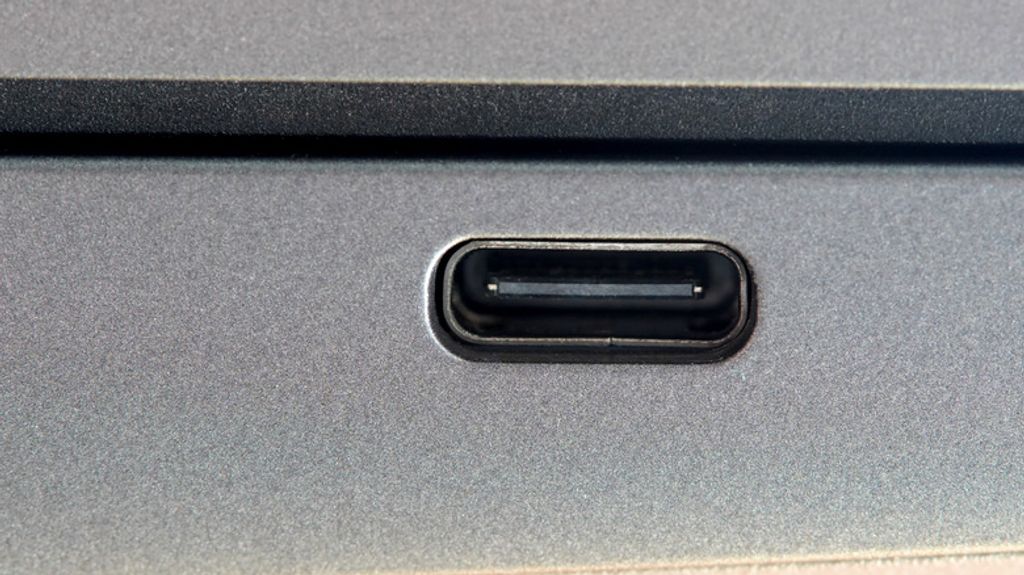
USB-C is today an absolute standard – one connector that can do everything: charge, transfer data at immense speed, and even handle image and sound. “One cable to rule them all” – one might say. But if you ask what the letter “C” actually means, the answers are surprisingly varied.
Some claim it stands for “charging”, others for “connectivity”, and yet others are looking for inspiration in the very shape of the plug, which does indeed resemble a slightly stretched letter C. Unfortunately – none of these theories is true.
“C” as in… connector type
In reality, “C” in USB-C doesn’t signify anything poetic. It’s simply a connector type – the third in the history of USB. We had USB Type-A, then USB Type-B, and only after them did USB Type-C appear.
That’s all – no hidden meanings. The names were assigned by the USB Implementers Forum (USB-IF), which is a consortium of tech companies responsible for maintaining USB standards.
The history is not that simple
However, if someone were to attempt to count all USB connectors accurately, they would quickly notice that this "third" letter is somewhat overstated. After all, before USB-C, we had USB Mini-B (known from cameras or old MP3 players) and USB Micro-B, which dominated Android smartphones for years.
In reality, therefore, USB-C is not the third, but the fifth type of USB connector, if counting all commonly used versions. Mini and Micro can be considered as something akin to "spin-offs" – much like the series in the Star Wars universe, which are supplements to the main saga but still part of the same story.
USB and the Chaos of Names
It doesn't help that the USB-IF organisation has a remarkable talent for… complicating simple things. An example? USB 3.0, which over time evolved into USB 3.2 Gen 2x2, and even further. In this context, USB-C is simply another chapter in the story of one of the most confusing standards in the history of technology.
The letter "C" is not just a coincidence
The letter "C" in the name USB-C does not have a hidden meaning. It is a symbol of the third (and in practice, the fifth) type of connector that brings together all previous functions in one, reversible port.
And although the name sounds trivial, the standard itself has changed the way we charge, transfer data, and connect devices. After all, "C" could just as well stand for "convenient" – meaning comfort.
 Katarzyna Petru
Katarzyna Petru












